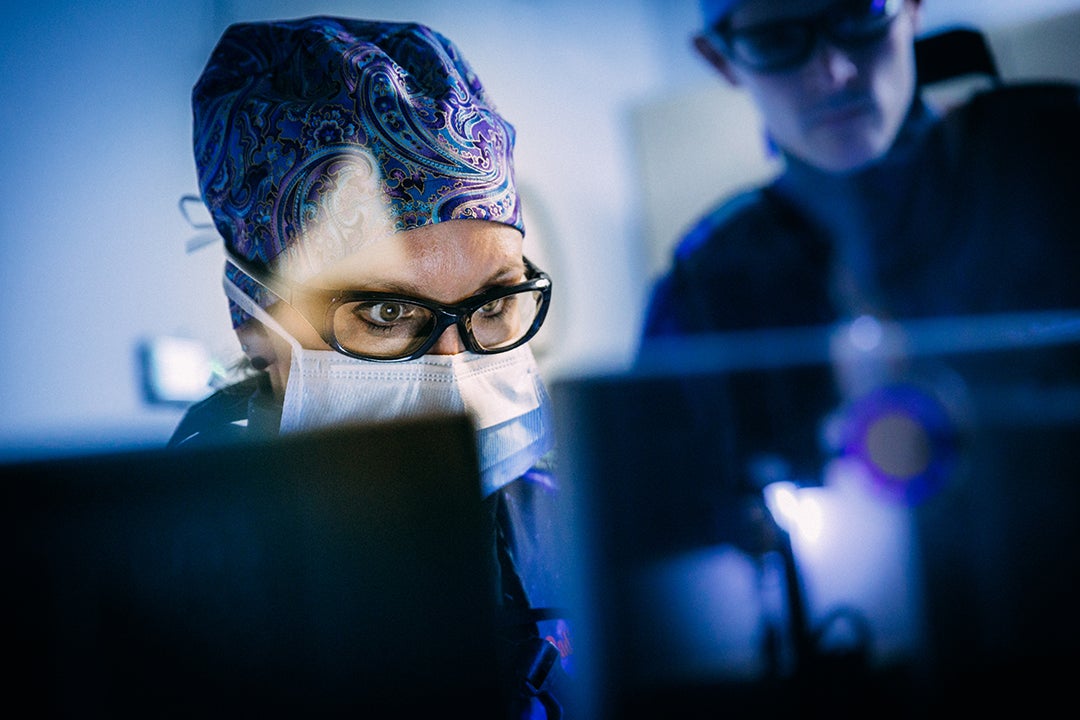The interventional radiology team plays a key role in partnering with Lovelace Cancer Center to offer our patients comprehensive cancer care. Guided by a variety of imaging tools, the interventional radiologists are able to provide targeted, minimally invasive treatment, directly to the tumor. This can be accomplished by inserting a needle directly into the tumor and administering either heat or cold energy to burn or freeze tumors. We can also inject high doses of chemotherapy or radiation directly into the tumor which can offer an alternative for pain relief, and ultimately shortens the recovery time and lowers the chance of complications. These procedures are most often done on an outpatient basis and usually do not require a hospital stay.
Cancers we are able to treat:
Selective Internal Radiation Therapy (SIRT/Y90)
Selective Internal Radiation Therapy (SIRT), also known as Radioembolization or Y90, is a liver-directed therapy for inoperable liver tumors. SIRT can be combined with modern chemotherapy or administered as monotherapy. SIRT with SIR-Spheres Y90 resin microspheres offers patients an opportunity to access radiotherapy for inoperable primary and secondary liver tumors whilst sparing normal liver parenchyma.
Treatment goals for Y90 include increasing the time to progression, extending overall survival rates, potentially downsizing or downstaging tumors for liver resection, ablation or transplantation and providing palliation of symptoms.
For more information, or to schedule an appointment call 505.835.1615.
the BiPlane in cancer treatment

Unlike major surgical procedures, interventional radiology treatments are done through one or more small incisions with minimal pain and a shorter recovery time. The interventional radiology team can use the BiPlane for image guidance during cancer treatment. A long needle is inserted directly into the tumor site and delivers either heat or cold energy to burn or freeze a tumor. Another treatment option uses a pinhole incision in the groin or wrist, and uses a catheter to deliver high doses of chemotherapy or radiation directly to the tumor site. The interventional radiology team works closely with the oncologists at Lovealce Cancer Center to treat patients with various tumors, such as tumors of the liver, kidney, bone, soft tissue an lungs or tumors that have traveled to the liver from somewhere else in the body.



